How to Make Okara Tempeh
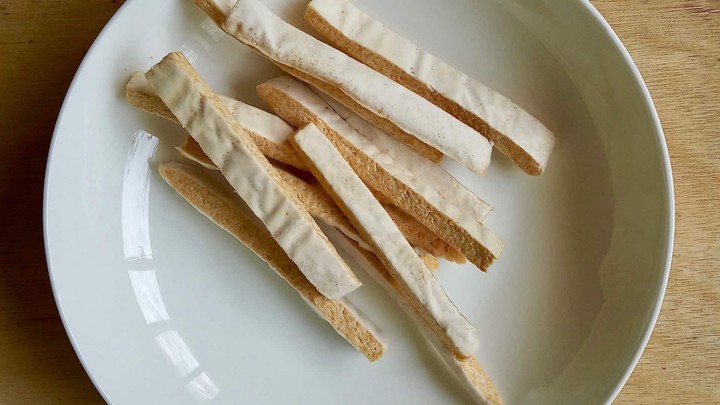
Okara tempeh is a great way to recycle your soya okara into delicious fermented food! Instead of soybeans, reuse your okara, also called soy pulp, to grow Rhizopus oligosporus, the white mould used to produce tempeh.
The tempeh of okara is also known as tempe gembus in Indonesia. It has tiny yellow spots of bean particles within a white matrix of Rhizopus mycelium. It has a softer and thinner texture than soy tempeh, with a milder beany taste and a more pronounced umami flavour.
You can deep fry your okara tempeh, as cubes or strips, to cook delicious golden fritters slightly crunchy outside and soft inside!
In case you are interested, I also wrote a review about chickpea tempeh.
Table of content
Video summary (3 min 30 sec)
Cook the okara
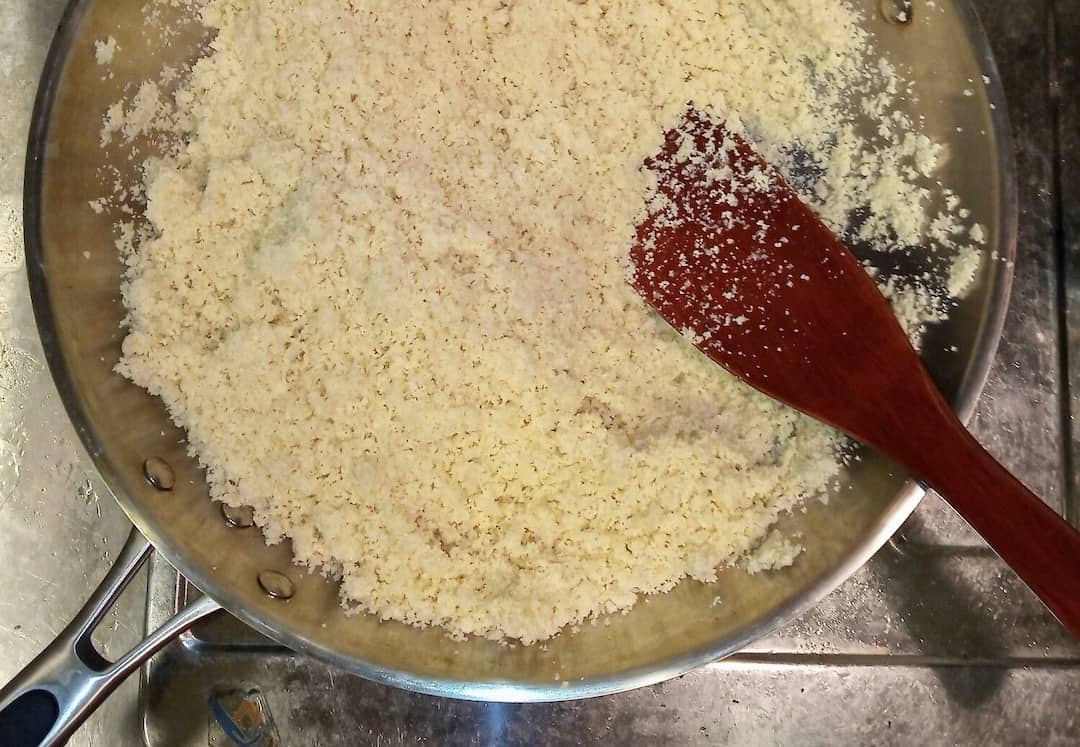
Cooking the okara will help improve its digestibility, reduce its moisture content, and sterilize it to reduce the risk of contamination by other micro-organisms.
Inoculate the okara
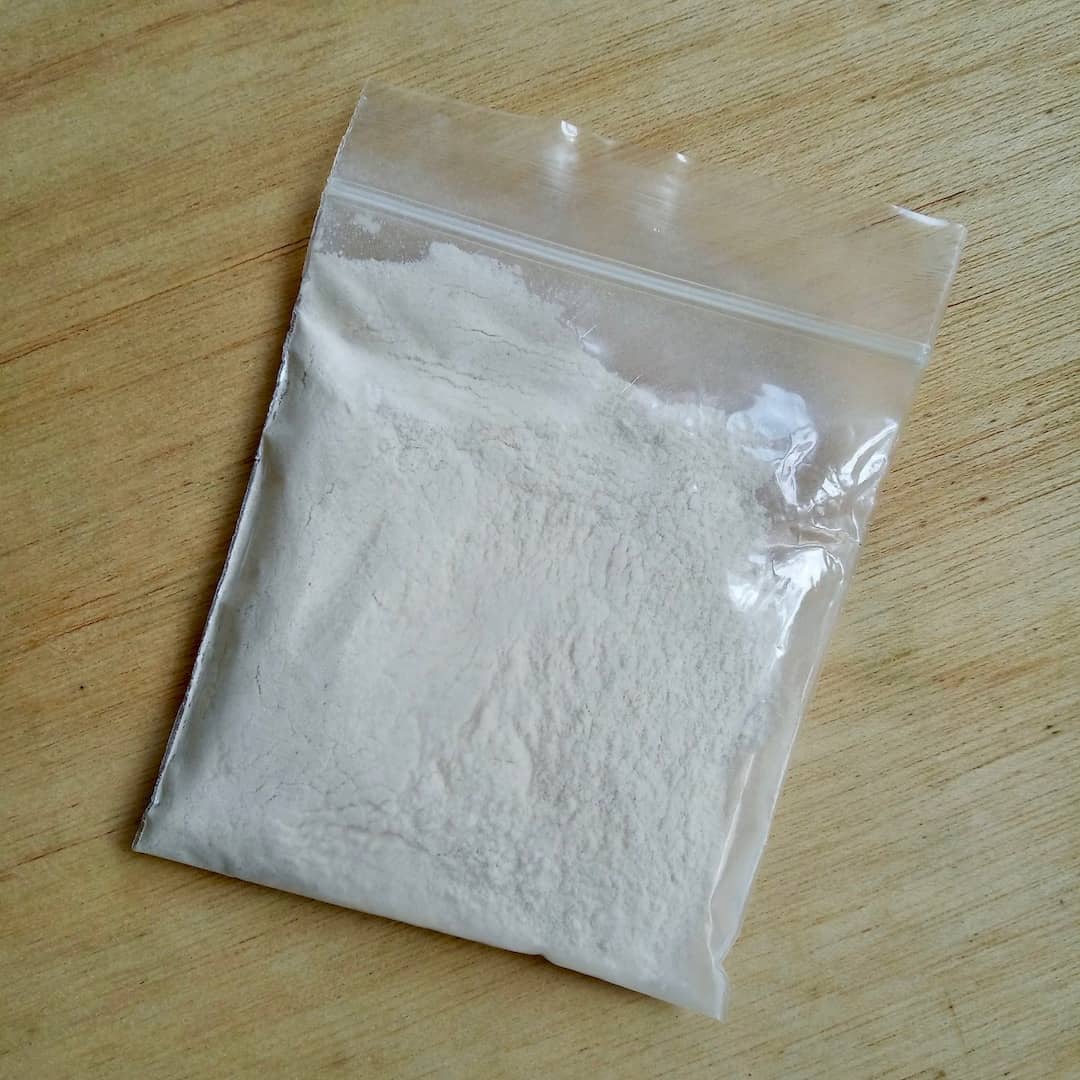
When the okara is cooked and cooled down, inoculate your okara with store-bought or DIY tempeh starter. Tempeh starter is a powder containing spores of the fungus Rhizopus oligosporus, usually used to grow soybean tempeh.
Put the okara in containers

You can use any kind of containers, such as perforated freezer plastic bags, perforated plastic boxes, or banana leaves. The key feature when choosing your containers is to find optimal access to oxygen, for Rhizopus to thrive while delaying its sporulation.
Put the containers in a fermentation chamber

A fermentation chamber is a place where temperature and humidity are controlled to provide the best conditions for fermentation. For okara tempeh, the best conditions are a high air humidity level around 80 % and an average temperature between 25 and 37 °C (77 to 99 °F). Common home-made fermentation chambers include coolers, ovens turned off, or broken fridges, as on the picture hereafter.
Wait up to 48 hours for your Rhizopus to grow…
Rhizopus oligosporus colonises soy okara and finally sporulates. 32 hours condensed in 32 seconds.
Depending on the conditions, you may wait from 24 to 48 hours before your okara tempeh is ready.
Over the first 12 hours, Rhizopus spores will germinate and start the fermentation. You may not notice any obvious visual change after 12 hours, but you might notice a change in smell, indicating that Rhizopus is already working hard.
After about 24 hours, you should see a thin white mycelium growing around the okara particles. After about 36 hours, Rhizopus may already have colonized the whole okara, but waiting more will help enhance the development of new and complex flavours thanks to Rhizopus activity.
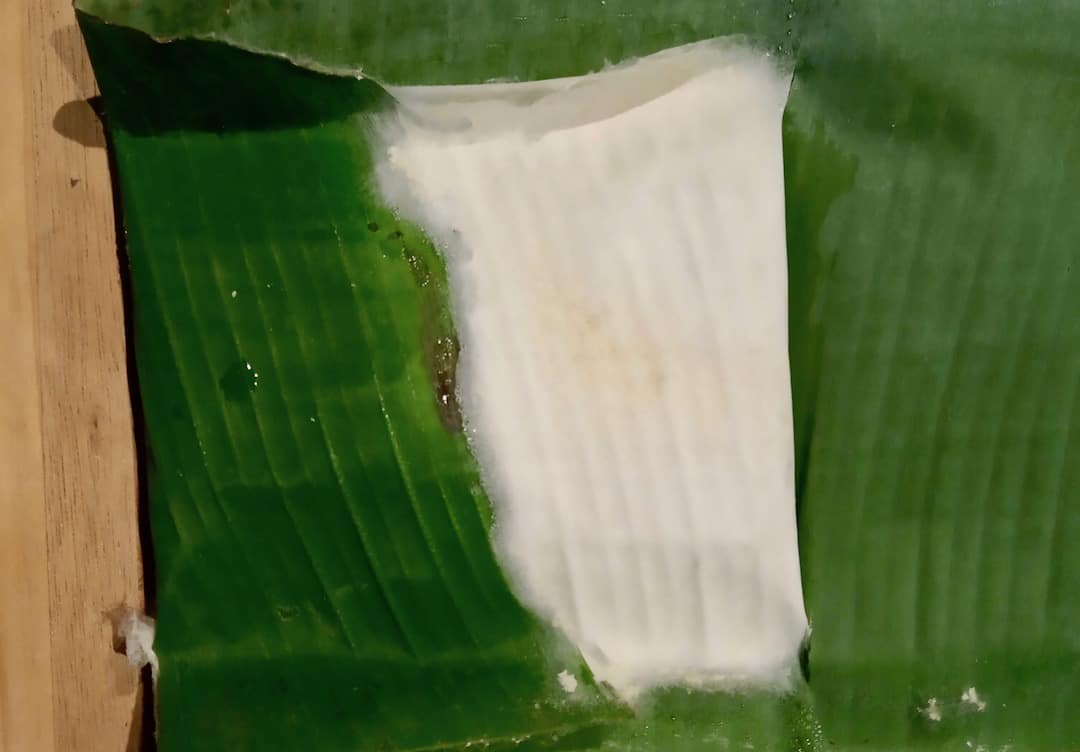
Do you want to try?
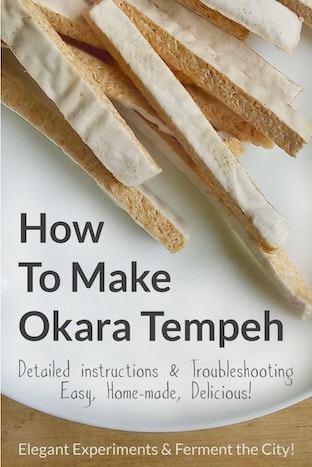
Read our eBook for detailed instructions and troubleshooting!
This work was realised in collaboration with Ferment the City! in the framework of the 6-month creative research residency project – Creators 2019, funded by the Taiwan Contemporary Culture Lab (C-Lab).
Last update: April 21, 2020
Did you enjoy this post?
Great! Then, you may also like to read how to make chickpea tempeh.